We feel a strong responsibility to protect the world we travel in, so that we and future generations can continue to enjoy all its beauty. At the same time, we are very aware that travel—especially air travel—is increasingly being scrutinised. Important and valid questions are being asked about the possible contradiction between travel and sustainability. And rightly so, in our view. We certainly don’t shy away from those questions.
That’s why we firmly believe in sustainable travel. It goes beyond simply making the right ecological choices. Sustainable travel is about travelling responsibly and consciously - in a way that considers the impact on the climate and the long-term benefits for the places and communities we visit. In addition to ecological sustainability, there is also social and economic sustainability. Travel can make a positive contribution on all fronts, both to ecological sustainability and to social and economic sustainability.
In short, it’s a balancing act between maximising the positive effects of travel and avoiding or minimising the negative ones. We see it as our duty to contribute to this as best we can.
'Put your money where your mouth is'
We like to make our responsibility tangible, or as the English say, 'put your money where your mouth is,' which is why we invest in our sustainability efforts. For instance, we offset all the CO²e* emissions released during the development, production, packaging, transport, and storage of all products from the new MYSTIQUE collection.

*1kg CO²e stands for one kilogram of CO²-equivalents. This unit allows different greenhouse gases, such as methane and nitrous oxide, each with their own effect on the climate, to be converted into one standard unit — the warming effect of 1 kg of CO².
Would you like to know how the CO₂e has been calculated and how we compensate for it? Simply follow the three steps: calculate, reduce and compensate. Do you have any questions or comments? Feel free to send a message to responsibility@suitsuit.com — we’d love to hear from you!
STEP 1
CALCULATE
Before we develop new products, we calculate the total environmental impact of the product over its entire life cycle. By doing this during the design phase, we are able to make conscious choices aimed at reducing environmental impact. We do this by conducting what is known as a Life Cycle Assessment (LCA).
A 'Life Cycle Assessment' (LCA) is widely considered the most important technique for gaining insight into the environmental impact of a product's production, packaging, transport, use, and waste disposal. This technique is widely used around the world by businesses, government agencies, and NGOs across all sectors.
For an accurate and reliable LCA, all life stages of a product are analysed—from raw material extraction, production, and transport to use and end-of-life disposal. Each component is examined based on factors such as weight, material type, and manufacturing method. Using the calculation tool we had developed, the total environmental impact is then calculated for each step in the life cycle and for each component. We express this impact in terms of CO²e emissions, energy consumption, and water usage.
Read exactly how we do this here.
To ensure that all calculations in the LCA are accurate, we had the LCA calculation tool developed by independent external experts (sustainability consultants from New Alchemists. The tool was then verified by Rebel Group, an independent consultancy specialising in innovative developments in sustainable initiatives.
Thanks to the LCA tool, we know the environmental impact of all our products in terms of production, consumption, and waste processing. With this knowledge, we can make targeted improvements that help extend the lifespan of our products and minimise their ecological footprint. For example, we know that the environmental impact of our new Mystique cabin suitcase is 26.5 kg CO²e. You can view the CO²e impact of each product on its respective product page.


STEP 2
REDUCE
Because we have insight into the environmental impact of all our products, we are able to make conscious choices when it comes to extending product lifespans and lowering ecological footprints. We applied these insights during the design and production of our new Mystique collection.
Polycarbonate (PC) is a strong, lightweight, and shock- and heat-resistant material used in the production of hard-shell suitcases. The board of the Mystique suitcase is made up of 50% virgin PC and 50% pre-consumer recycled PC.
While the environmental impact of PC boards is higher than that of boards made from ABS/PC, we consider this a more sustainable choice due to the superior quality of the material.


Since the development of our Natura suitcases, we’ve gained quite a bit of valuable experience in developing and using post-consumer recycled PET. Both in the suitcase boards and in the interior linings. Our experiences with this material have been very positive. That’s why 100% post-consumer recycled PET is also used for the linings of our Mystique suitcases, as well as the bags and accessories in the collection.


STEP 3
COMPENSATE
Reducing the environmental impact of our products remains a key pillar of our sustainability policy. As a company, we aim to reduce our CO₂e emissions by 42% by 2030, compared to our 2022 baseline. In doing so, we contribute to the globally agreed target of limiting global warming to 1.5 degrees Celsius.
Compensating for CO₂e emissions is not the end goal—it’s a means to an end. The goal will always be to reduce emissions. After all, what you don’t emit, you don’t need to compensate for. That said, once you’ve reduced as much as possible, offsetting the remaining emissions is the best available solution.
Read more about offsetting below.
We offset all CO₂e* emissions generated during the development, production, packaging, transportation, and storage of every product in the new MYSTIQUE collection. This includes the delivery of your suitcase, bag, or accessory to your home address after purchase.**
** The delivery to the home address is calculated based on a generic assumption of the distance from our warehouse in Groningen to an address in Amsterdam.


The goal within our sustainability policy remains to reduce our CO²e emissions. Offsetting is a good temporary solution for the emissions we (yet) cannot reduce.
By offsetting, we do not reduce the environmental impact of our products or our organization. Essentially, what you are doing is investing in external initiatives that reduce environmental impact, so that what you "emit too much," is "emitted less" by others. Projects that allow you to offset CO²e emissions include initiatives like tree planting (which absorbs CO²) or investing in renewable energy, which reduces the consumption of fossil fuels.
As mentioned, we offset all CO²e emissions that arise from the development, production, packaging, transport, and storage of all products in the new MYSTIQUE collection. This includes the transportation of the suitcase, bag, or accessory to your home address**, after you have made your purchase.
We offset these emissions through the FairClimateFund (www.fairclimatefund.nl). Since 2009, they have been committed to helping those who are most vulnerable to the effects of global climate change. They do this by investing in CO₂ reduction projects with significant social impact—often projects focused on cleaner cooking methods and tree planting, which result in less CO² emissions—and that meet the standards of the Gold Standard (www.goldstandard.org) and/or the Fairtrade Climate Standard (www.fairtrade.net).
** The delivery to the home address is calculated based on a generic assumption of the distance from our warehouse in Groningen to an address in Amsterdam.
The total CO² emissions of the MYSTIQUE collection amount to 413.1 tons. For every ton of CO², we purchase one carbon credit from FairClimateFund at a fair/Fairtrade price. This means the total cost of purchasing carbon credits is €9,108. We have transferred this amount to FairClimateFund, which will invest it on our behalf in the Cookstoves for Women project in India. This project does more than just reduce CO² emissions. It brings improvements in health, the environment, and the economy, while also helping to build climate resilience in rural communities and strengthen female leadership in the SHE Schools.









